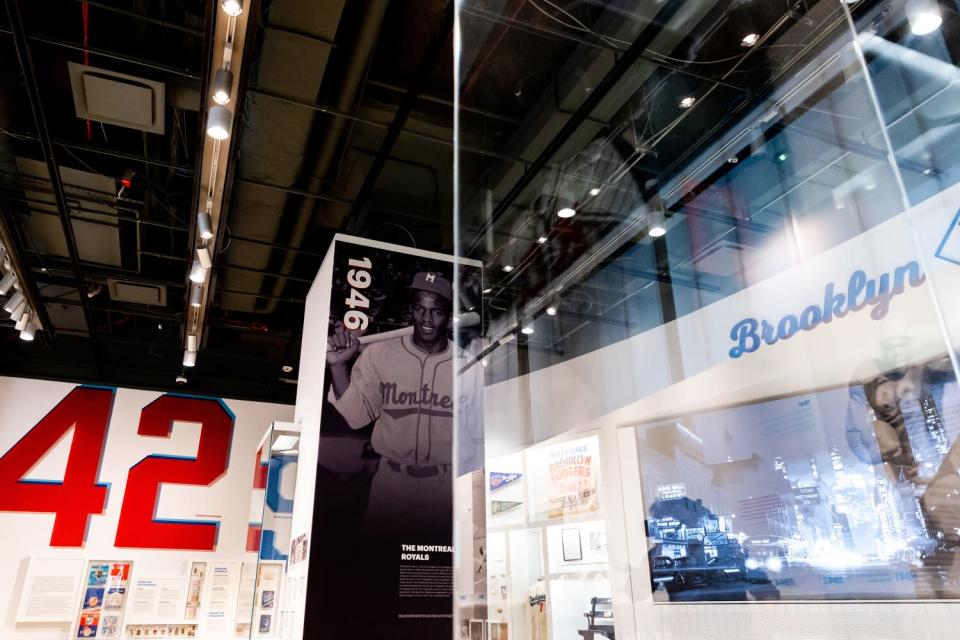There was a time, and not so long ago, when you could ask a major league player about Jackie Robinson and get a shrug in return. The league retired his number in 1997, on the 50th anniversary of his debut, with President Clinton in attendance. That made for a nice ceremony, but it was not until 2007 that Jackie Robinson Day really took hold.
That is when Ken Griffey Jr. called Bud Selig, then the commissioner of Major League Baseball. To this day, Selig remains astounded by what Griffey told him.
“’A lot of the guys’ — and I’m quoting him directly — ‘don’t know who Jackie Robinson is,’ ” Selig told me the other day.
Griffey asked whether he could wear the retired No. 42 on Jackie Robinson Day. Within two years, every player did, and the annual remembrance serves a dual purpose: a regular checkpoint in baseball’s quest to regain prominence in the Black community, and a celebration of Robinson breaking the color barrier.
“I believe it is the most important and powerful moment in baseball history,” Selig said.
That is what makes the opening of the Jackie Robinson Museum so important. By this 75th anniversary of his debut, MLB has done a commendable job of reclaiming and sharing Robinson’s legacy as a baseball player.

The museum also tells the story of Robinson’s amazing life off the field. Walk into the museum, and the first room you see is not one that celebrates his athletic accomplishments.
“That was absolutely deliberate,” said Della Britton, president and chief executive of the Jackie Robinson Foundation.
“Even if you come in with the idea to see the baseball story and learn more about that, you have to walk through that room that talks about his commitment to economic opportunity and civil rights and social justice.”
Robinson’s life tasks are displayed in large capital letters in that room: SOLDIER, CAMPAIGNER, PUBLIC SERVANT, ACTIVIST, FUNDRAISER, ORGANIZER, PROTESTOR, ENTREPRENEUR, CITIZEN and more.
There are the “by the numbers” displays you might expect in a museum about a sports star, but “3” is the number of presidential candidates for which he campaigned, “4” is the number of presidents with whom he corresponded about racial injustice, “6” is the number of years his department store was open in Harlem, and “1949” is the year he testified…

